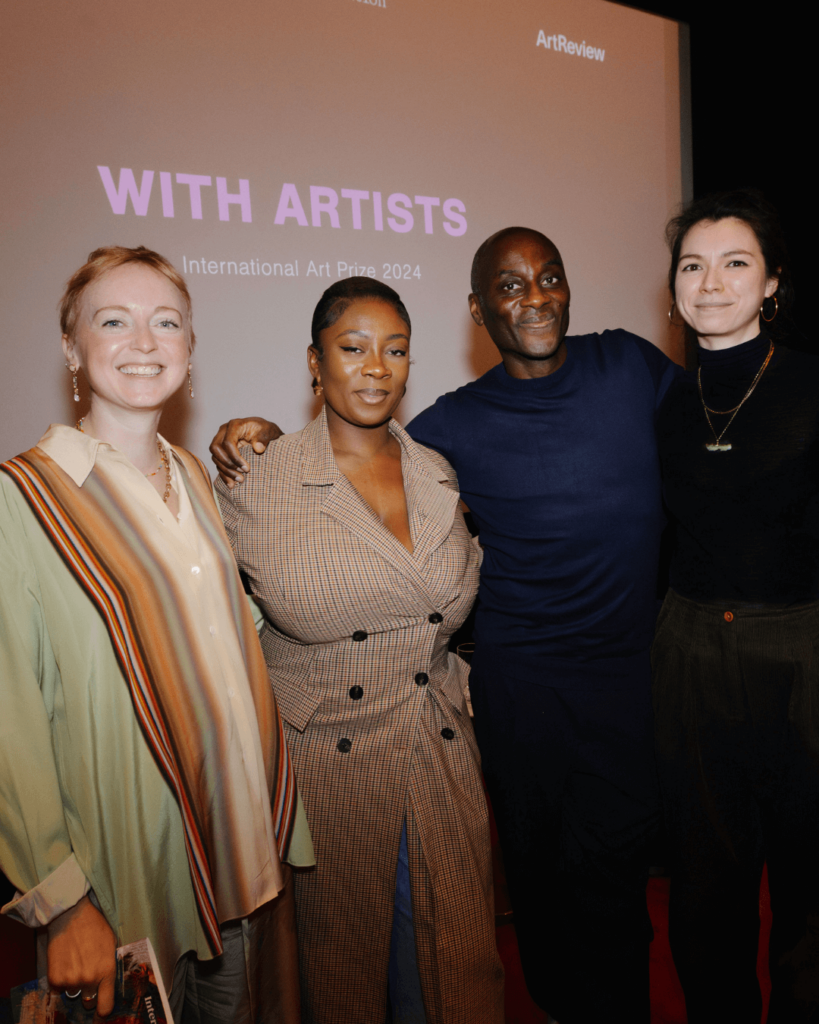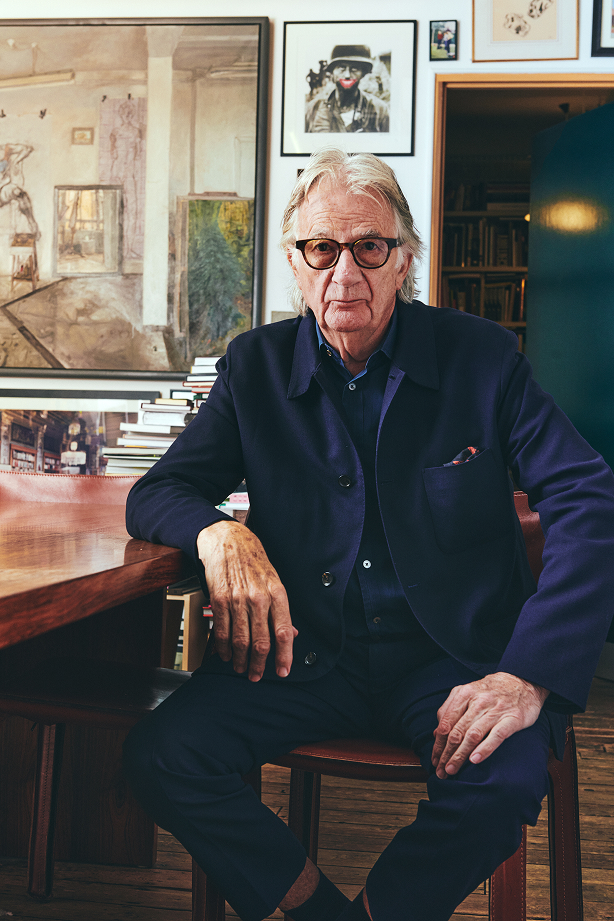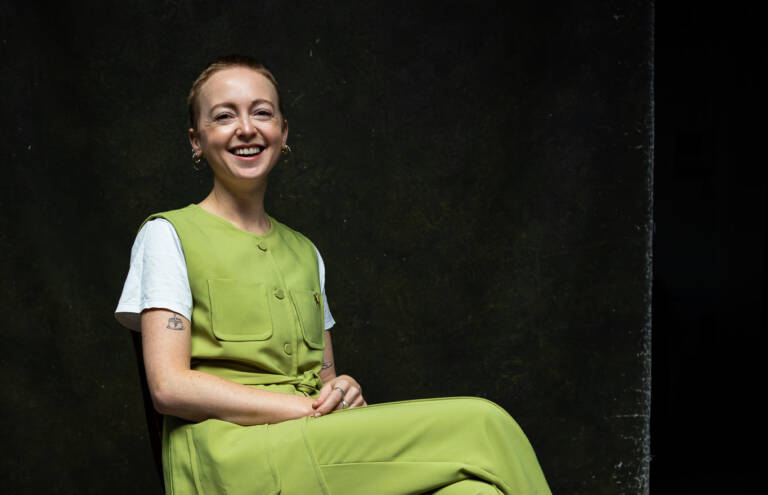
Courtesy of MARTHA MOSSE

Photography by WILL ALDERSLEY
Martha Mosse is the director of Paul Smith’s Foundation, reshaping how creative support works in real terms. She leads initiatives that champion emerging voices across fashion, art, and design—not through spectacle, but through sustained, purposeful support.
The Paul Smith Foundation’s mission is built on the belief that creativity thrives when given the right tools, space, and structure. Through residencies, grants, and long-term partnerships, its work is driven by a deep commitment to supporting creative people in ways that are practical, personal, and lasting.
We caught up with Martha ahead of the Paul Smith Foundation’s showroom event, which celebrates designers Laura Pitharas and Paolina Russo, and announces the winners of the second International Art Prize in partnership with Winsor & Newton. In our conversation, Martha reflects on balancing instinct with strategy, why continuity is essential in fast-paced industries, and how meaningful change often begins—not with bold moves, but with thoughtful, intentional listening.
hube: How do you balance personal intuition with strategic priorities when selecting projects or deciding whom to support? And when they point in different directions, what guides your final decision?
Martha Mosse: Trusting your instinct is important, and if something doesn’t feel right, we won’t do it. Our priority is ensuring that all our projects support the business development of creative people… but this can present in a variety of ways.
h: When you were selecting residents for the Fashion Residency at Studio Smithfield, what truly signaled potential to you? Was it a specific quality in their work, a sense of vision, or something less tangible that stood out?
MM: We were looking for designers who had clarity of vision, knowledge of their current or desired customer and an understanding of where they sat within the market. This programme is not designed to progress the creative vision of a brand—that work needs to have been done already. We were also looking for applicants who were excited about the opportunity; those who wanted to learn about business skills: tax, IP law, marketing strategies. You get what you put in, so we were specifically looking for applicants who wanted to learn these business fundamentals.
h: Many foundations focus on outcomes—but some of the most meaningful work happens in the process. How do you build space for experimentation, failure, or slow growth into your programmes?
MM: So true! As The Fashion Residency only supports six brands per Cohort, we’re able to offer very bespoke support and development to them. Beyond the business skills teaching, we’re in contact with each brand daily to help accomplish their ambitions. This could be funding for travel to meet artisanal makers or a new factory, funding for a LFW debut, finding a restaurant that can donate a dinner for top clients, freelancer introductions and more. We’re constantly searching for paid retail and consultancy partnerships, sponsorship, investment, residency and showroom opportunities.
As it evolves, The Fashion Residency not only helps develop business skills, but also focuses on the emotional development of each brand in alignment with their specific personal and brand goals and creative needs. It takes a lot of conversation, idea-making and introductions —which is why we’ve kept the Cohort small—the programme has been designed with impact as a priority over a broad reach.
h: Mentorship isn’t always a one-way street. Can you remember a time when a young artist, resident, or collaborator shifted your thinking, surprised you, challenged you, or reminded you what’s at stake?
MM: I am learning from the designers in this Cohort daily, not least on new and very specific issues they are facing as they establish their brands. Luckily, we work with an exceptional group of industry volunteers who help me fill in the gaps.

